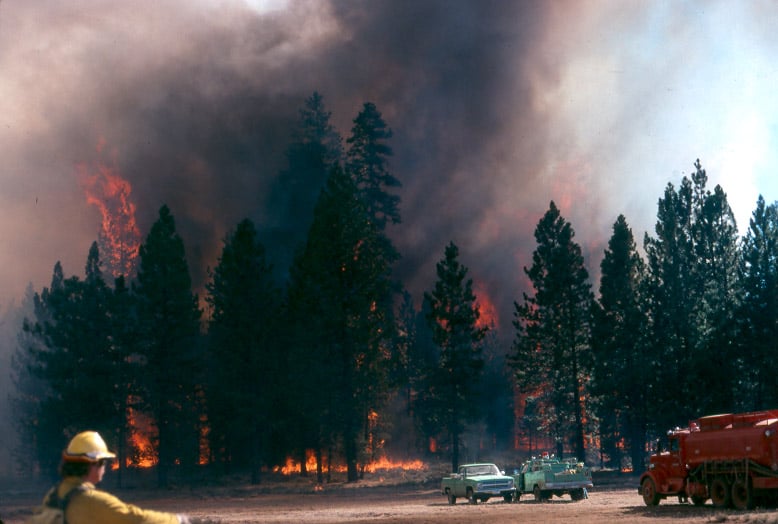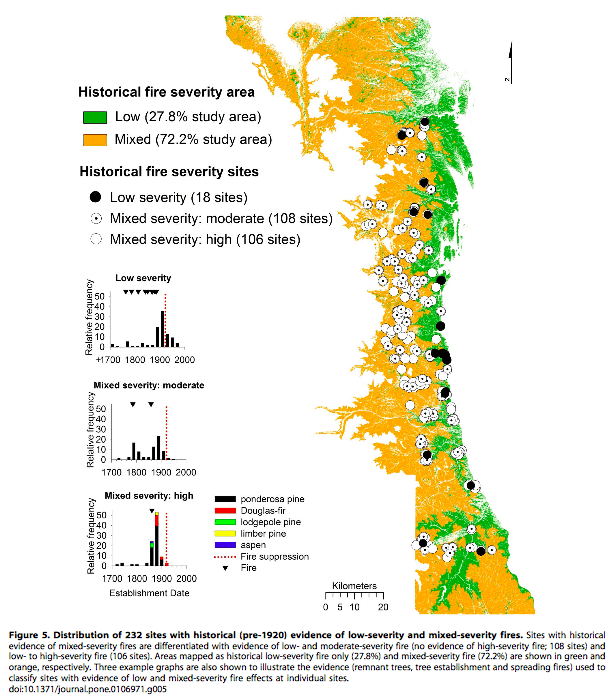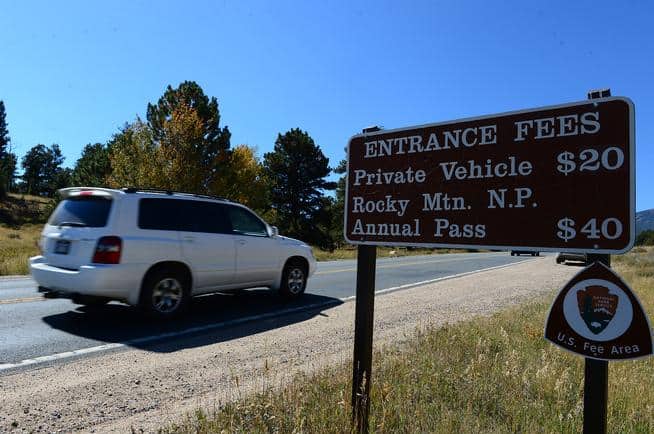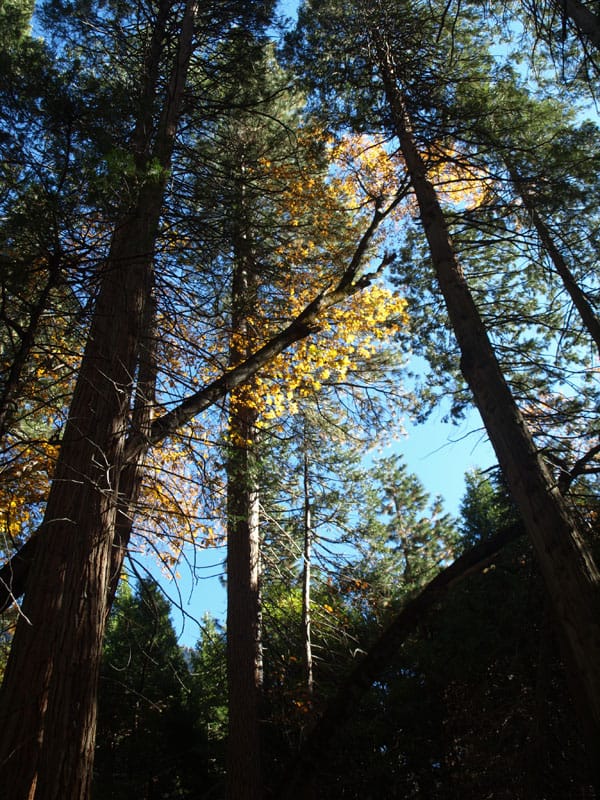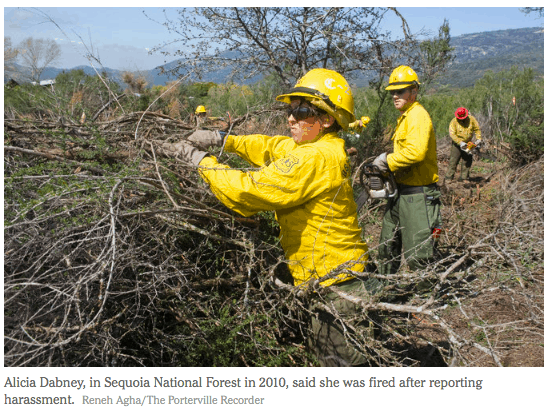
Who knew that forests were actually bad for the environment? That should be good news, because we can always use more subdivisions and agricultural land. Let’s check out this recent NY Times op-ed.
First the title…”to save the planet, don’t plant trees.” I get it, it’s hard to write a headline that’s absolutely accurate. I think Matthew and I had a discussion about one of mine a while back. But climate change is only one thing that is bad for the environment. And, of course, “the planet” will actually be fine, with or without trees, humans, or cockroaches. At the worst of potential climate change, we will have made conditions more favorable for some creatures and less favorable for others, including (some of) ourselves. Anyway, ’nuff said on title-pickin’.
Now, like many on this blog, I am not an atmospheric chemist or modeler but I have been observing both forests and scientific idea-slinging for the last long time period. It seems like the idea of the pieces is that “more forests might not be good.” I think it might be hard to argue that “more forests might not be good for climate” without including “converting forests to brushfields or agriculture or homesites might be good for climate.”
Here’s a link to the op-ed and here’s a link to a scientist’s rebuttal. Now it seems that the climate industry is having some big doin’s this week which appears to be why this op-ed showed up.
so let’s just go through the arguments from an observer’s perspective.
In these paragraphs there is some history:
AS international leaders gather in New York next week for a United Nations climate summit, they will be preoccupied with how to tackle the rising rate of carbon emissions. To mitigate the crisis, one measure they are likely to promote is reducing deforestation and planting trees.
A landmark deal to support sustainable forestry was a heralded success story of the last international climate talks, in Warsaw last year. Western nations, including the United States, Britain and Norway, handed over millions of dollars to developing countries to kick-start programs to reduce tropical deforestation. More funds are promised.
Deforestation accounts for about 20 percent of global emissions of carbon dioxide. The assumption is that planting trees and avoiding further deforestation provides a convenient carbon capture and storage facility on the land.
That is the conventional wisdom. But the conventional wisdom is wrong.
“Wrong” is perhaps different from “only true based on our models (?) in some places and not in others.”
The author goes on to explain:
In reality, the cycling of carbon, energy and water between the land and the atmosphere is much more complex. Considering all the interactions, large-scale increases in forest cover can actually make global warming worse.
Of course, this is counterintuitive. We all learn in school how trees effortlessly perform the marvel of photosynthesis: They take up carbon dioxide from the air and make oxygen. This process provides us with life, food, water, shelter, fiber and soil. The earth’s forests generously mop up about a quarter of the world’s fossil-fuel carbon emissions every year.
So it’s understandable that we’d expect trees to save us from rising temperatures, but climate science tells a different story. Besides the amount of greenhouse gases in the air, another important switch on the planetary thermostat is how much of the sun’s energy is taken up by the earth’s surface, compared to how much is reflected back to space. The dark color of trees means that they absorb more of the sun’s energy and raise the planet’s surface temperature.
My first question would be “how “large-scale” do the sums of money we are talking about mean in terms of afforestation? Are we taking, say, the soybean fields of Indiana or the wheat fields of Alberta and converting them to trees? Because if we look down further we find it’s not the Amazon the we are talking about, but rather temperate areas…
Climate scientists have calculated the effect of increasing forest cover on surface temperature. Their conclusion is that planting trees in the tropics would lead to cooling, but in colder regions, it would cause warming.
If this is the case wouldn’t it be logical only to fund efforts in the tropics?
say handed over millions of dollars to developing countries to kick-start programs to reduce tropical deforestation. More funds are promised.
But isn’t that consistent with what was said above? Is anyone planning to give millions of bucks to say, Colorado, or the Ukraine?
The science says that spending precious dollars for climate change mitigation on forestry is high-risk: We don’t know that it would cool the planet, and we have good reason to fear it might have precisely the opposite effect. More funding for forestry might seem like a tempting easy win for the world leaders at the United Nations, but it’s a bad bet.
But that’s not strictly speaking, true is it, if you just spend the bucks in developing tropical countries.????? So confusing!
I actually agree with the author.. I would like the all the climate change funds to go to get poor countries low-carbon energy to bring up the energy availability to the poor people there. But I think you can make that case without maligning trees and their associated VOC’s.
